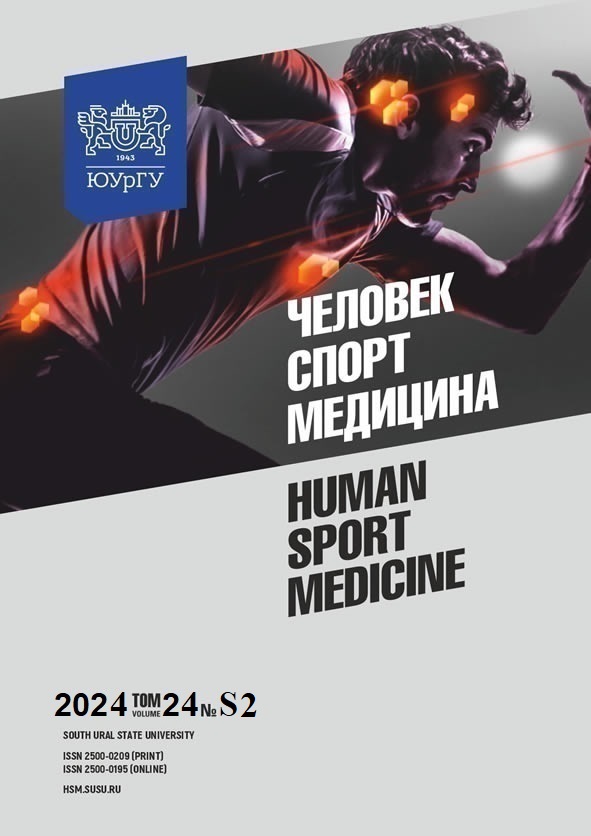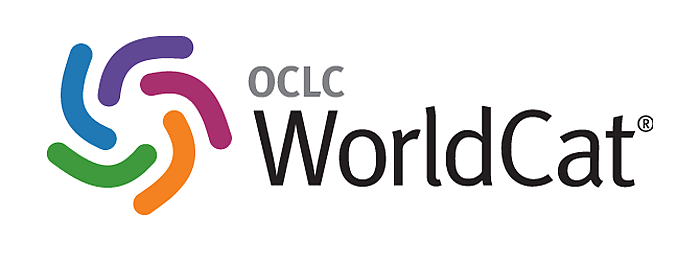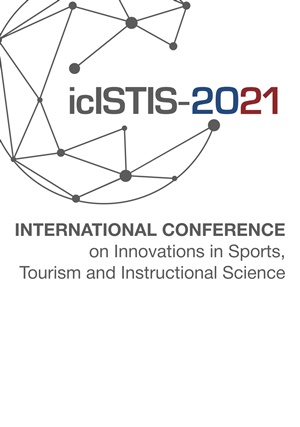COMPARATIVE ANALYSIS OF SPORTS FINANCING MODELS IN RUSSIA AND ABROAD
Abstract
Aim. The paper contains a comparative analysis of sports financing models in Russia and abroad, with a focus on identifying opportunities to attract investment in Russia. Materials and methods. The study involves a comprehensive review of scientific publications and official documents, coupled with comparative analysis, content analysis, and generalization techniques. The study considers both American and European models of sports financing with respect to their prominence in global and Olympic competitions. Results. The study demonstrates significant differences in the reliance on state or private funding across these models. The American model is mostly based on out-of-state sources, coupled with certain government support (tax breaks or indirect financing). The European model presumes various combinations of both state and out-of-state sources. The study suggests that adapting certain foreign strategies could potentially attract investment to Russia’s sports sector. Specifically, lottery funding, endowment funds, and state funds can be considered promising avenues for additional financial support. Conclusions. The results obtained emphasize the importance of a balance between state and out-of-state financing for sustainable sports development. For Russia, it is worth considering tax incentives to benefit from indirect financing and out-of-state financing to supplement existing state mechanisms.
References
References on translit
Copyright (c) 2025 Human. Sport. Medicine

This work is licensed under a Creative Commons Attribution-NonCommercial-NoDerivatives 4.0 International License.















